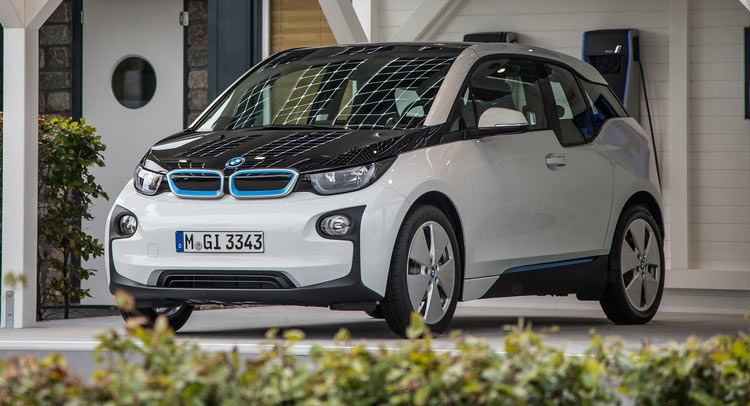As the BMW i3 turns two, the German manufacturer thought it was time for a sort of interim review, looking at what made this car the world’s third best-selling electric vehicle since it was launched.
After the i3 went on sale in Germany, one in every four electric vehicles sold since then has worn a BMW badge, while globally, it’s one in ten. According to BMW that cites data from Polk and IHS, popularity-wise, the i3 currently holds down third place since November 2013, which is where you’ll find it when analyzing the US market as well.
In China for example, the BMW i3 is the only imported electric vehicle which can be purchased tax-free, allowing customers to avoid the hurdles of the local license plate lottery. While for Japan, BMW developed a special version of the i3, tailor made to accommodate the low height of local car parking spaces.
Trying to find one on the second-hand car market can also be a little tricky since there really aren’t that many. This may prove that customer satisfaction is very high when it comes to the i3 – or that leases have yet to mature…
Currently, the i3 is available in 49 countries, which means that BMW’s core phase of market introduction is now completed – with only a couple of smaller markets still to follow.
One of the most important elements that led to the i3’s success was the fact that you can customize it with an optional Range Extender. This proved vital for customers who still had reservations about buying an electric car, and it’s not hard to understand why.
Another fascinating statistic points out how over 80% of BMW i3 buyers worldwide have never owned a BMW car in the past – which goes to show how much people appreciate the car’s progressive design and emission-free tech. And yes, demand is still rising for the i3 considering how the world is evolving more and more in terms of looking for sustainable personal mobility.
BMW even went as far as to integrate the i3 into its fleet of DriveNow car-sharing service vehicles in Germany, where 100 units of the i3 are already being used, with another 300 due to join them by the end of the year.
The BMW i3 has definitely opened a lot of eyes in the automotive industry. It may not be the prettiest car, or the quickest or even the most efficient, but thanks to its success and to BMW’s vision, future iterations of this model are sure to win over some of those people who are still hesitant about giving up on their petrol or diesel-powered hatchbacks.


















